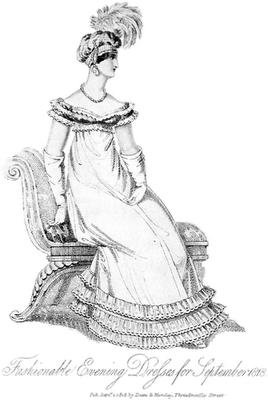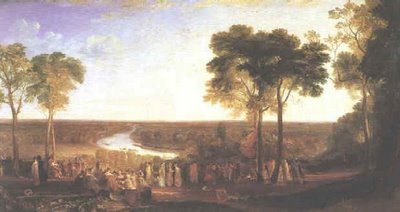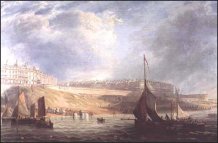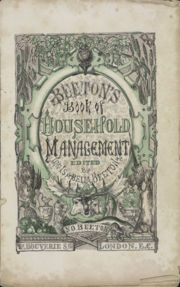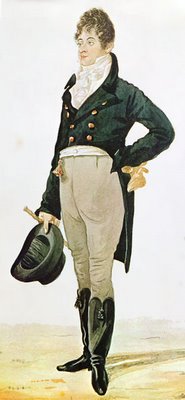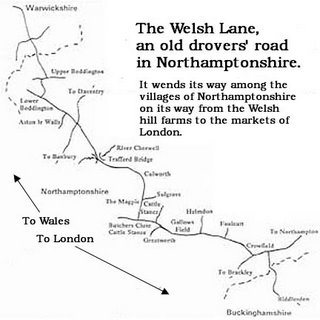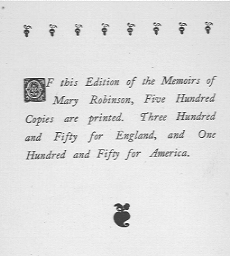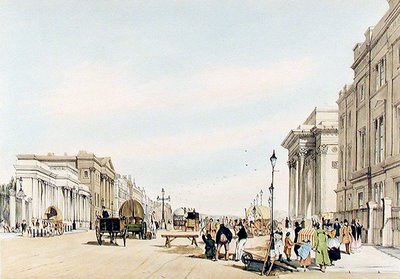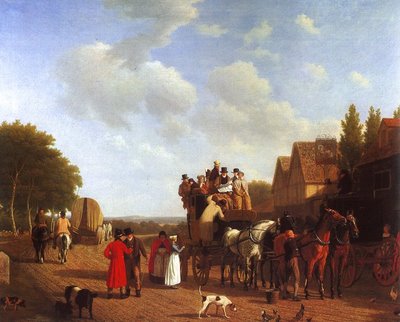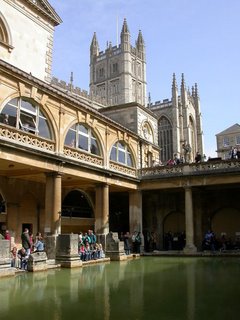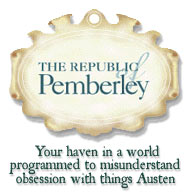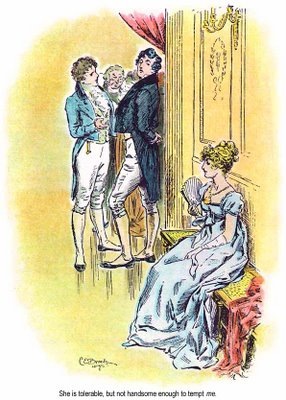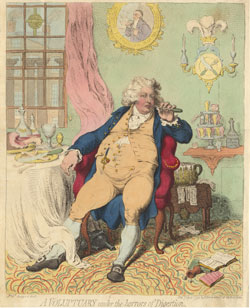
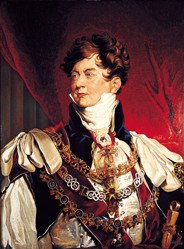
Without Prinny, the Regency Era (1811-1820) would have had a decidedly different character. He was a libertine and gifted wastrel who set the tone and style for the age.
George IV, The Prince of Wales lived life extravantly and was enormously unpopular for it in some circles. This Prince of Pleasure's once tall slim frame grew heavy and corpulent from overindulgence, as you can see in the illustration above by James Gilray, who satirized the Prince in a number of unflattering cartoons.
But before the Prince Regent took over, the country was already in shambles. Louis Simond, An American in Regency England, observed in his travel journal in 1809: "One thing that surprises me more and more every day; it is the great number of people in opposition; that is, those who disapprove, not only the present measures of ministers,which have not been of late either very wise or very successful, but the form and constitution of the government itself. It is stigmatized as vicious, corrupt, and in decay,without hope or remedy but in a general reform, and in fact a revolution. "
The links below define Prinny and his era even further:
1. George IV and the United Kingdom
2. The Prince Regent and His Circle: In Their Own Words
3. Prince Regent
4. Coronation of George IV
5. Prinny's Many Mistresses
6. Prince George's Culture Clubs: A Trail Through Regency Brighton

